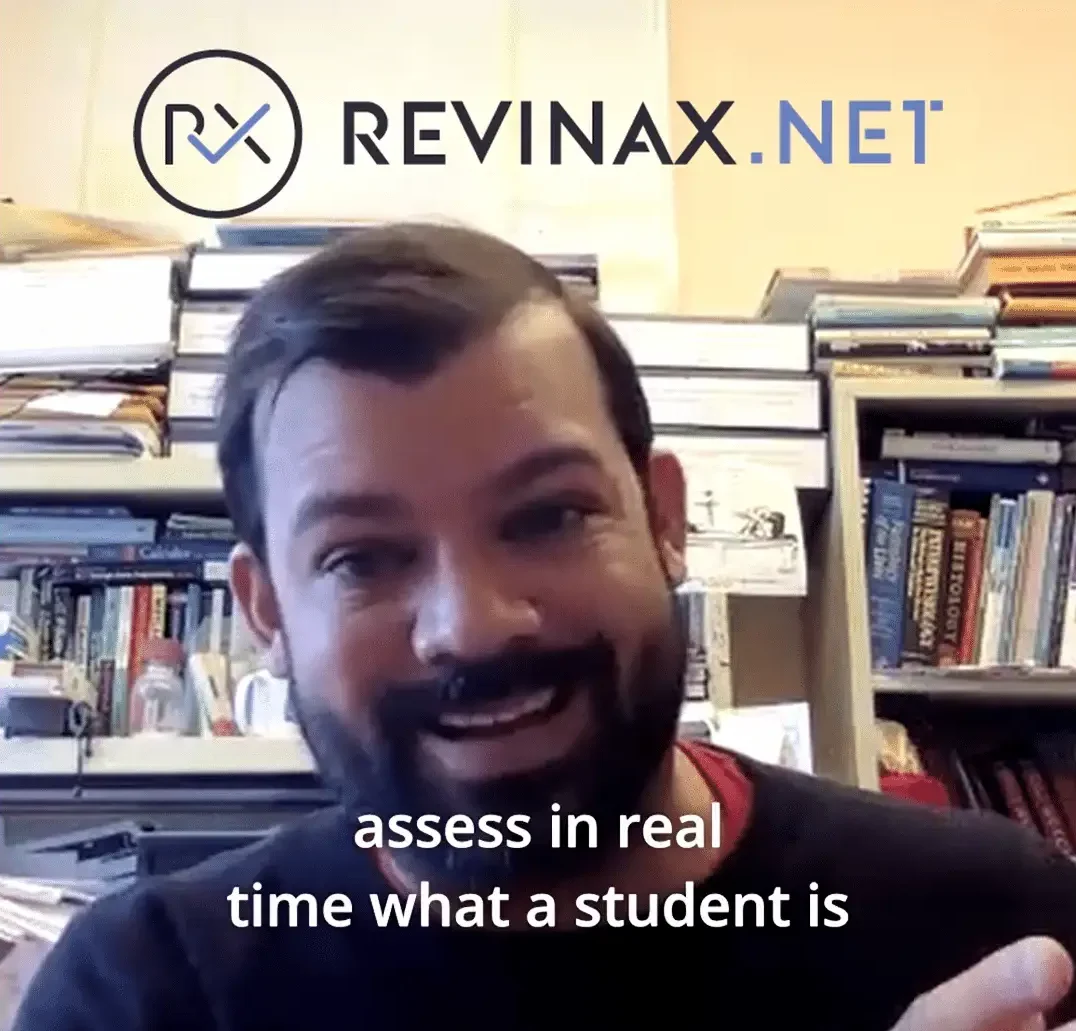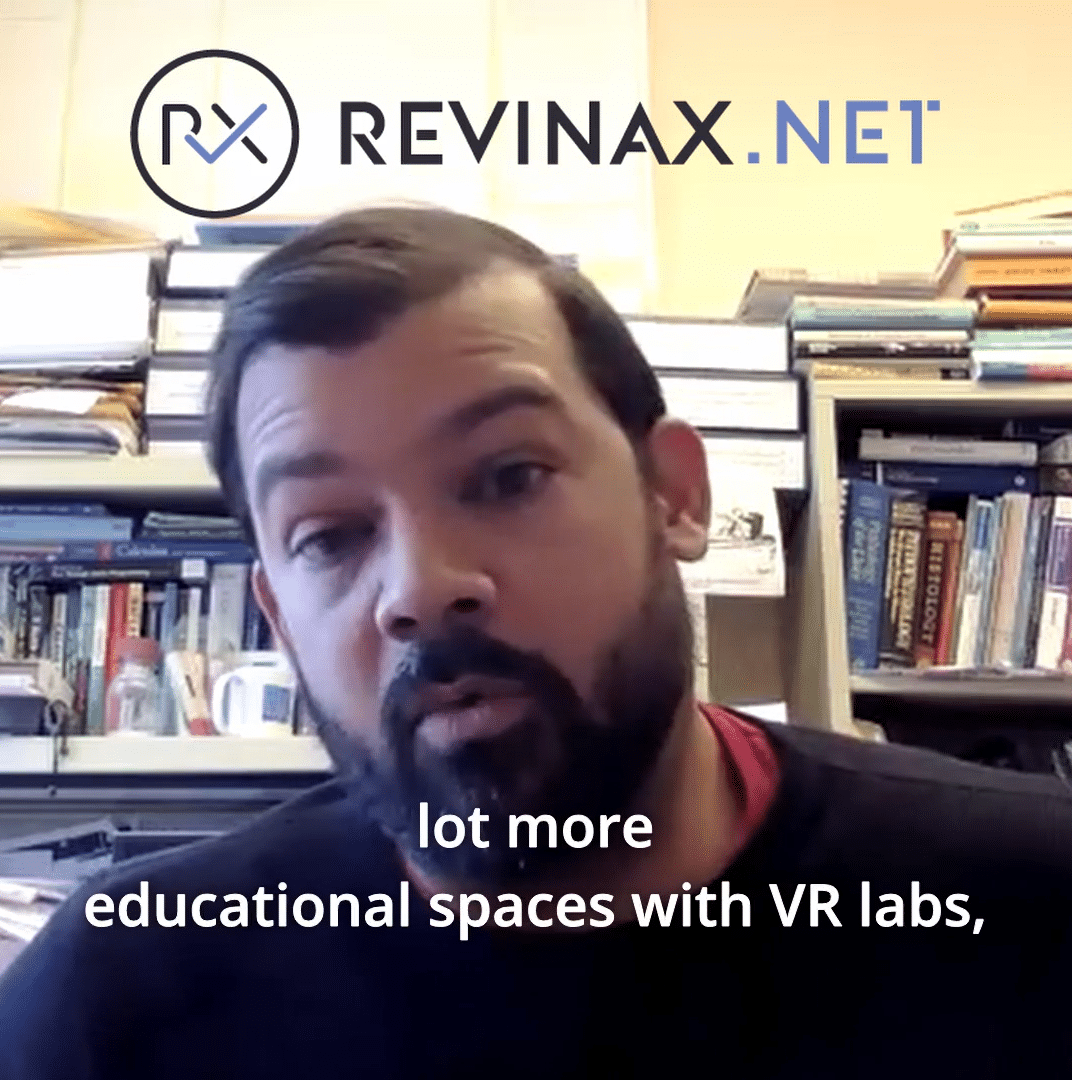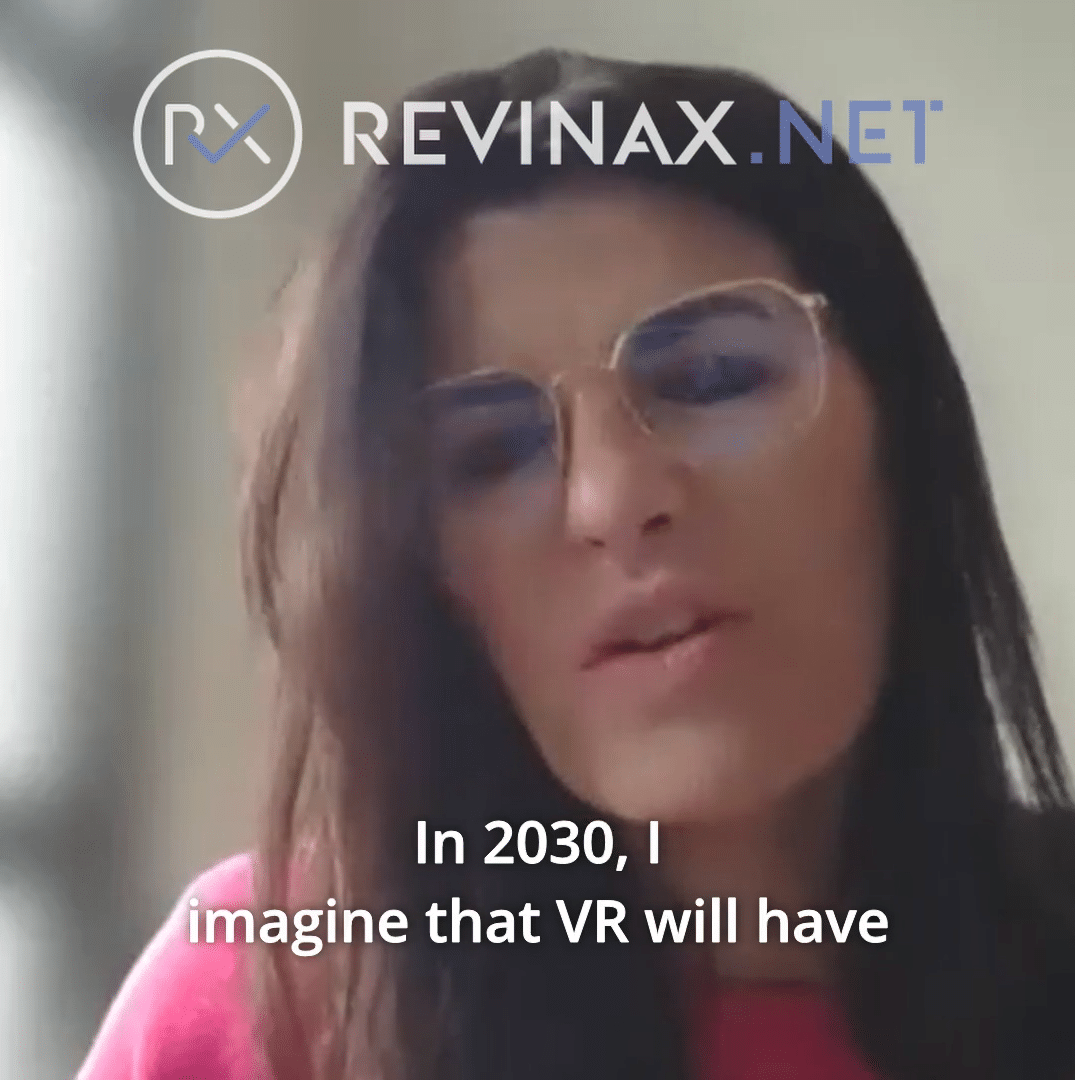Welcome aboard Revinsight, the podcast that helps you understand how organizations and individuals adopt, utilize, and track VR results.
Episode #11 – January 11th, 2024
Guest: Julie Bernard, Global Medical Education and Content Development Director for Orthopedics Division at Smith & Nephew (FR)
Maxime Ros: “Today, I’m delighted to receive Julie Bernard. Julie is Global Medical Education and Content Development Director for Orthopedics Division at Smith & Nephew.
Hey Julie, what barriers do you typically see to an enterprise-wide VR deployment? And how do you overcome them? “
Julie Bernard:
“So in my opinion, the main barriers of VR are the hardware and the development cost.
So regarding hardware, you need indeed to invest into headsets for your learners, which can lead to usage limitation as it’s expensive and there’s logistics around this.
So today, some companies like Revinax offer the possibility to access the learning experience in the headset, but also through an app that can be installed on your phone or your tablet, which is much more scalable when you have a large audience to train.
Regarding the development costs, there are different options in VR.
Content can be based upon synthesized images and then the development cost and time lasts between six to 12 months, depending on the complexity of the procedure.
But other companies reduce significantly this development time because it’s based upon real images.”





